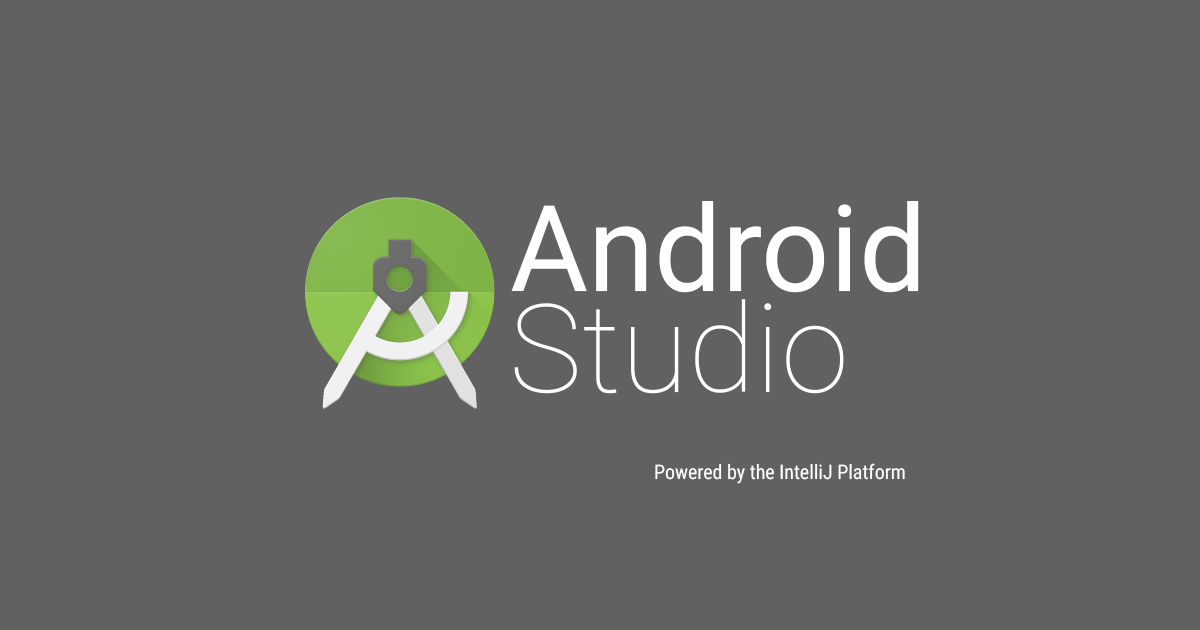Google has started offering Android Studio 2.3 of its Android development integrated environment since last night.
As the publisher says, it is above all to improve the overall quality of the product and its reliability, looking for a way to simplify the life of developers.
Android Studio is, since its advent, the royal road for the development of applications on Android. Its version Android Studio 2.3, just released, intervenes on a number of functionalities to fluidize the operation. For example, the Run function automatically restarts the application to accommodate changes in the code, while Apply Changes tries to pass the changes while it is active, with a more reliable result than previously.
The compilation is also faster, with the default activation of a function that until now was only experimental: Build Cache. It caches the internal and external libraries that the application will need to speed up compilation. It is activated at the scale of the entire user account.
Android Studio 2.3 with more fluid mechanisms for designing interfaces
This version Android Studio 2.3 also provides the stable version of Constraint Layout, a tool for designing interfaces. Several new tools are integrated for the occasion, for example the bidirectional chaining of several views to form a group. In practice, the developer will be able to more easily distribute elements over a given length. Constraint Layout also supports ratios and programmatic creation via ConstraintSet APIs.
Facilitating the design of interfaces always seems to be one of Google’s priorities. The Layout Editor now allows you to search, sort and filter widgets, while displaying a preview of the selected widget. This prevents the developer from having to move it around the work surface to see what it is. It will also be able to add widget attributes to their own properties panel.
WebP support, deep links, new IntelliJ …
Other enhancements include support for WebP, Google’s image format. Android Studio can then convert all PNGs into an application, reducing the size of up to 25% depending on the editor. Given that PNGs play an important role in the design of interfaces, the gain can be interesting.
There will also be a new wizard for Material vector icons (with search and filtering), the ability to set a Lint comparison point to show only new errors, easier creation of App Links via a new Wizard, the default use of Constraint Layout in all models, the inclusion of IntelliJ 2016.2 or the return of the copy / paste in the emulator.
Interested developers will be able to update their environment directly from the associated command in the software.Those who wish to retrieve the installer will be able to do so from the link below.
